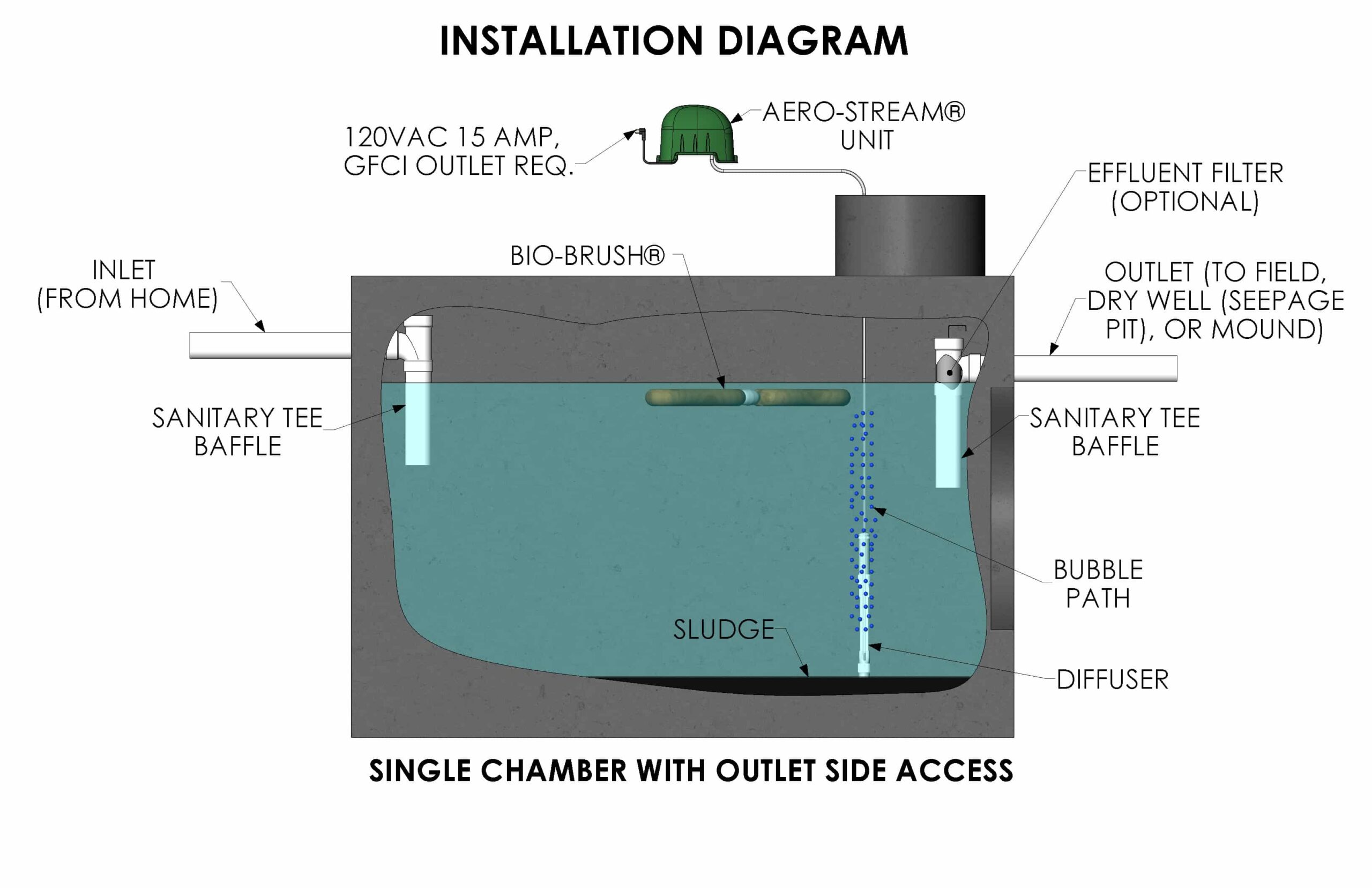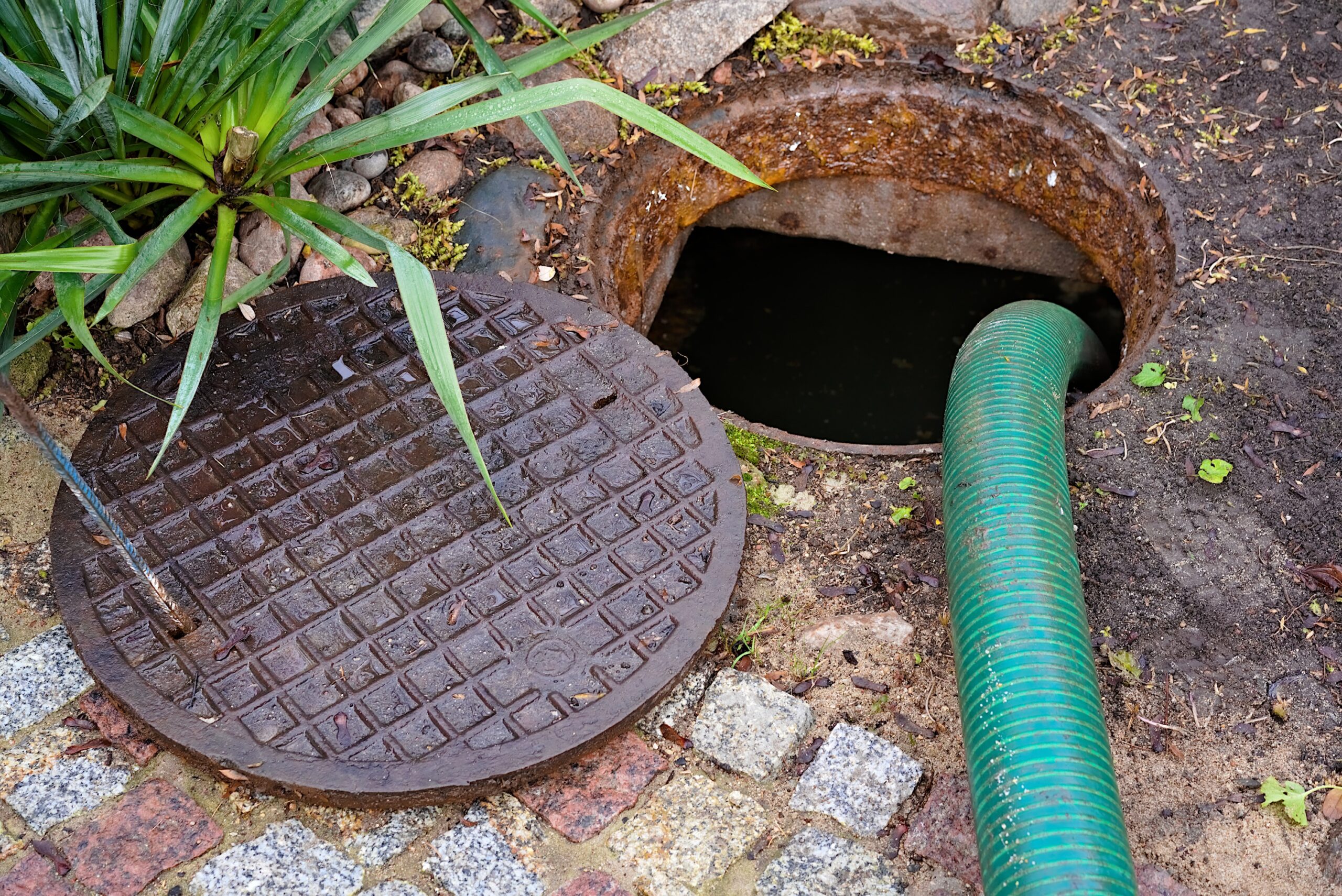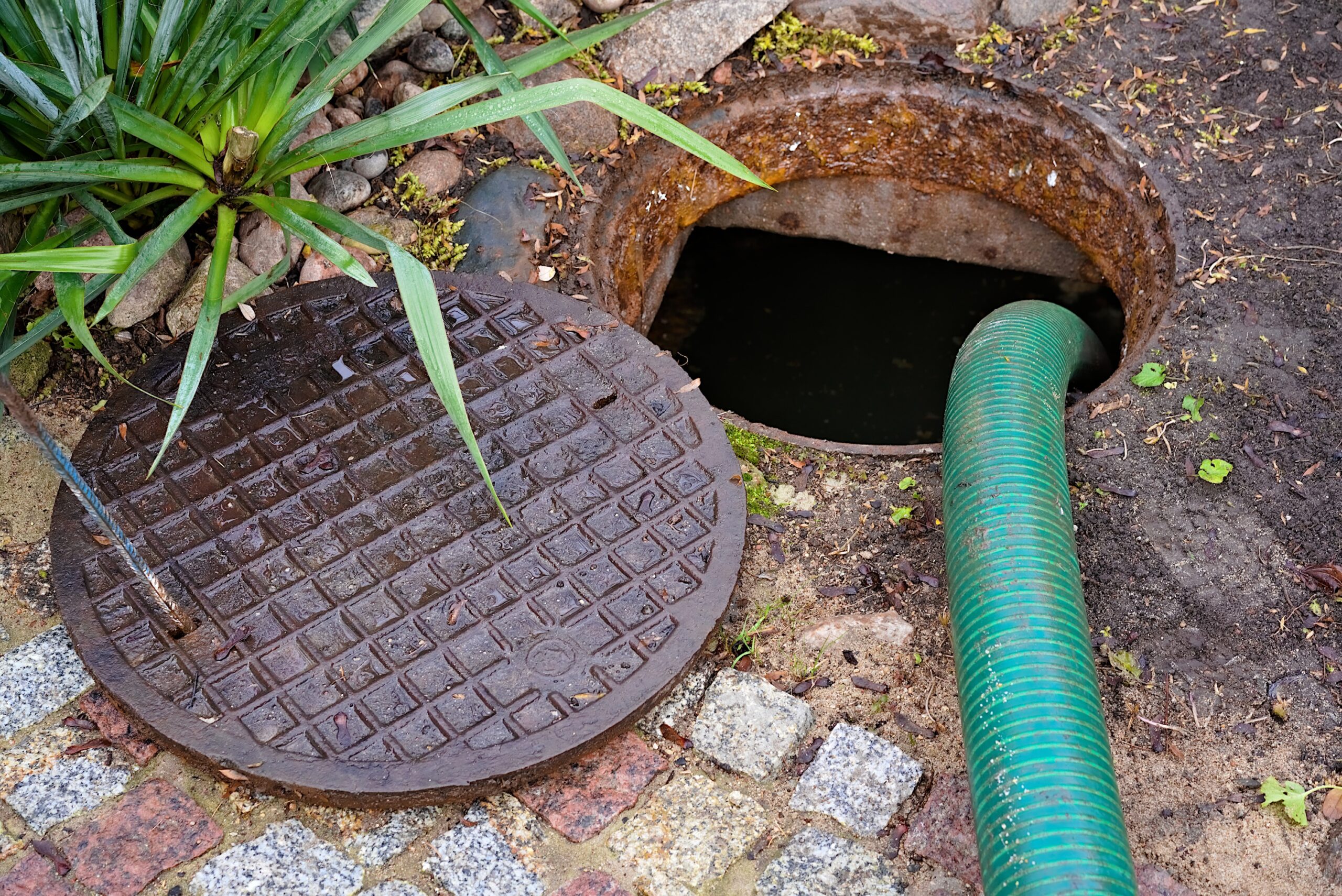Installing a septic aeration system can increase the longevity of your current septic tank and drainfield by increasing the efficiency of the decomposition agents inside the system. In the typical septic tank environment, lack of oxygen causes the proliferation and dominance of anaerobic bacteria. These microorganisms digest nutrients found in organic materials, converting nitrogen into ammonia and organic acids and producing small quantities of methane gas and carbon dioxide. Sulfur in organic compounds typically is responsible for the strong unpleasant odor created by anaerobic bacteria in the septic tank environment. Additionally, because anaerobic bacterial processes produce little heat, they are ineffective in eliminating or reducing the pathogens and microscopic parasites present in wastewater supplies.
A better way to purify wastewater
Aerobic decomposition in the septic tank environment more closely mimics the processes that occur in nature. By introducing oxygen into the closed environment of the septic tank, homeowners can encourage the growth of aerobic bacteria and their more efficient methods of organic decomposition. Aerobic bacteria consume nitrogen, phosphorus and carbon and produce carbon dioxide; this decomposition process is considerably faster and more efficient than the anaerobic processes normally found in standard septic tank systems.
Added protection against contaminants and pathogens
In natural environments, aerobic decomposition processes produce significant heat and can help to eliminate microscopic pathogens and parasites as well. While the high water content of septic systems reduces the heat production caused by aerobic bacteria, these microorganisms provide much better protection against contaminants and dangerous microbes than their anaerobic counterparts. Installing a septic aerator can help to promote the growth of these beneficial bacteria and increase the effectiveness of the cleaning and purifying process for wastewater and particulate matter inside the septic tank system.
Reversing the signs of septic system failure
Septic tanks that require constant pumping or that experience continual backups and overflows during normal use may be in the first stages of failure. Reversing this process can help homeowners to avoid costly replacement expenses and continuing septic system problems. Aeration systems can increase the functional processing capability of the septic tank system by increasing the efficiency and speed of bacterial decomposition of solid wastes in the tank. Because aerobic bacteria break down organic materials more rapidly, water can be treated more quickly and returned to the water table in a clean and remediated condition. Additionally, aerobic septic systems typically produce little or no odor and create a fresher and more wholesome outdoor environment for families.
By considering the installation of a septic aeration system to boost the efficiency of the tank and drain field, homeowners can extend the useful lives of their septic system arrangements and avoid the high costs of repair and replacement for these critical household waste management solutions.











